Samhwa Gwangwang Nongwon (삼화관광농원)
11.1Km 2024-03-04
208 Immyeon-ro, Gyeom-myeon, Gokseong-gun, Jeollanam-do
061-362-8586,7
Samhwa Gwangwang Nongwon is a Korean restaurant specializing in duck dishes. Its signature menu is the ori jeongol (duck hot pot). The rich broth, boiled with ample duck meat, vegetables, and perilla seeds, is exceptionally flavorful. Another popular dish is the ori jumulleok (spicy stir-fried marinated duck), where tender meat seasoned with spicy yet sweet sauce pairs perfectly with steamed white rice.
Jirisan Cheese Land (지리산치즈랜드)
11.3Km 2023-03-17
1590-62 , Saneop-ro, Gurye-gun, Jeollanam-do
Chowon Ranch, which started milking with two cows in 1979, built Jirisan Cheese Land, an experience ranch, in 2012 to introduce the dairy industry and milk to more people based on its 30 years of experience. Jirisan Cheese Land distributes homemade cheese and yogurt, and at the experience center, you can experience making mozzarella cheese, feeding calves, and riding a grass sleigh. Over 130 dairy cows are grazing in the green meadow pasture, and the lake is adjacent to it, creating beautiful scenery. The specialty of Jirisan Cheese Land is nature. The dazzling greenery and fragrance of scenery, flowers, and grass are the special features.
Jirisanhosu resort / 지리산호수리조트
11.9Km 2025-03-05
610 , Gumanje-ro, Gurye-gun, Jeollanam-do
+82-61-783-0011, +82-10-3360-2344
Jirisan Lake Resort in Gurye-gun, Jeollanam-do, accomodates travellers in glamping-style lodges arranged in terraces on a sloping hill - from where guests can enjoy the beautiful scenery of Gumanje Lake and Jirisan Mountain. The lodges have tables and barbecues outside. Starting at the entrance to the resort is a pedestrian bridge across the lake where guests can stroll; and on the other side is a free-range farm where visitors can have a go at cheese-making. Pets are allowed.
Amnok Resort (압록유원지)
13.0Km 2020-02-10
1012, Seomjingang-ro, Gokseong-gun, Jeollanam-do
+82-61-360-8308
Situated at the joining point of two rivers, Seomjin and Boseong, Amnok Resort is renowned as a summer vacation spot with a 100,000m² beach. Since mosquitos are rare here, it is continuously gaining popularity as a family camping site and Banweogyol Bridge and Cheolgyo Bridge make for beautiful scenery. The popular fishing spot located in the lower reaches of Boseonggang River attracts many anglers. The riverside is lined with various native local restaurants where you can taste Amnok’s specialities such as king crab soup, roasted sweet fish, and maeuntang (spicy fish stew).
White village / 화이트빌리지
13.2Km 2025-03-05
1598-96 , Daehwanggang-ro, Gokseong-gun, Jeollanam-do
+82-61-363-7531, +82-10-3640-2656
White Village is a pension on the banks of the Daehwanggang River in Gokseong-gun, Jeollanam-do. The surrounding scenery is outstanding year-round. Guests who like fishing can try their luck in the Daehwanggang River while chatting with new friends. The Daehwanggang Trail passes by the pension and is great for walking or mountain-biking; or visitors can take the beautiful riverside path from Amnok Amusement Park to Seomjin River. Localc attractions such as Seomjingang Train Village and Daeansa Temple are 15 to 20 minutes away by car, while Gokseong Zipline is 4 minutes away.
Namwon Traditional Lacquer Craft Center (남원시 옻칠공예관)
13.3Km 2024-04-06
1234-5 Yocheon-ro, Namwon-si, Jeonbuk-do
Namwon Traditional Lacquer Craft Center is a lacquer crafts exhibition hall that opened in 2004 to spread lacquer culture, research on lacquer technology, and foster the younger generations. In Namwon, lacquer woodworking has been developed since ancient times, and traces of lacquerwork from the Bronze Age were discovered here. Accordingly, this craft center was built to establish Namwon as a central city for lacquer crafts through continuous research and development.
This two-story center consists of an exhibition hall, a store, an experience room, a laboratory, an audio-visual education room, and a training room. The exhibition hall displays awardwinning craft works and various lacquered crafts such as bowls, furniture, spoons and chopsticks, cabinets with flower and grass designs, tables, janggu (hourglass-shaped drum) sticks, and utensils used in ancestral rites. In addition, it operates experience programs for the general public and a store that sells lacquer crafts.
Chunhyang Festival (춘향제)
14.9Km 2024-04-07
1447 Yocheon-ro, Namwon-si, Jeonbuk-do
+82-63-620-5770
Taking place in Namwon, Chunhyang Festival celebrates the love between Chunhyang and Lee Mongryong, based on the famous Korean love story, Chunhyangjeon. Held since 1931, the festival aims to spread the story not only around Korea but to international visitors as well through hands-on experiences and moving performances. The highlight of the festival is the beauty pageant that attracts many people.
Gwanghalluwon Garden (광한루원)
14.9Km 2025-08-06
1447 Yocheon-ro, Namwon-si, Jeonbuk-do
Originally known as Gwangtongnu, Gwanghalluwon Garden was built by Hwang Hui Jeongseung in 1419 during the reign of Joseon dynasty’s King Sejong. Because of its outstanding beauty, Governor Jeong In-ji gave the garden the name "Gwanghallu" in 1444, comparing it to a garden from the palace on the moon. It is famous as the location where Lee Mong-ryong and Chunhyang (two lovers from a well-known Korean folk story) first met. In the 1920s Chunhyangsa Temple was established in the neighboring area and a portrait of Chunhyang was hung in a place of honor. The garden is the venue of the Chunhyangjae Festival every spring, celebrating the deep and lasting love of the famous couple. The area around Gwanghalluwon Garden is full of many attractions, including Ojakgyo Bridge, symbolizing the bridge connecting Chilseok and Gyeonwu from the traditional story of Chilseok; and Chunhyang Hall, Wolmae-jip (house of Chunhyang's mother), Wanwoljeong Pavilion, Yeongjugak Pavilion, Samsinsan and many other traditional buildings.
Namwon Aircraft & Space Observatory (남원항공우주천문대)
15.0Km 2024-04-07
48-63, Yangnim-gil, Namwon-si, Jeonbuk-do
+82-63-620-6900
Chosen as a government funded project, Namwon Aircraft & Space Observatory was granted 4.6 billion won by the Ministry of Science, ICT and Future Planning in 2006 for project development.
The three-story observatory, with a total area of 6,532 square meters, has an exhibition hall showing the history of space aviation, an aviation experience hall, and a 10-meter-wide dome showing images of the night sky. The secondary observatory is equipped with a 600 millimeter telecope and other astronomical telescopes ranging in focal length from 125 millimeter to 350 millimeter for observing Namwon's night sky. In addition to the telecopes, retired combat planes from the air force, including the main fighter plane Phantom from the 1970s, are displayed outside.
Namwon Aircraft & Space Observatory offers programs such as tours and experience programs for groups. These include a 4D film experience of the sun and celestial bodies, a virtual aviation experience, and lectures about astronomy, all of which can accommodate up to 120 people per session. A variety of classroom learning activities are also offered in the summer to attract more visitors.
Gwanghallu Pavilion (광한루)
15.0Km 2024-04-07
1447, Yocheon-ro, Namwon-si, Jeonbuk-do
+82-63-620-6172
Rebuilt in 1638 (the 16th year of King Injo), Gwanghallu Pavilion is one of the Joseon dynasty’s most exemplary structures. The pavilion was constructed in 1419 by Hwang Hui, a noted prime minister in the early Joseon dynasty, during his exile to Namwon. The name of the pavilion at that time was Gwangtongnu. In 1434, while the pavilion was undergoing reconstruction, scholar and politician Jeong In-ji called it Gwanghallu after Gwanghancheongheobu, the mythical palace on the moon. Designated as Treasure No. 281, the pavilion is one of four major pavilions known for excellent craftsmanship, along with Yeongnamnu Pavilion (Miryang), Chokseongnu Pavilion (Jinju), and Bubyeoknu (Pyeongyang). Gwanghalluwon Garden, which consists of Gwanghallu Pavilion, a pond, Bangjangjeon Pavilion, and Yeongjugak Pavilion form Historic Site No. 33.

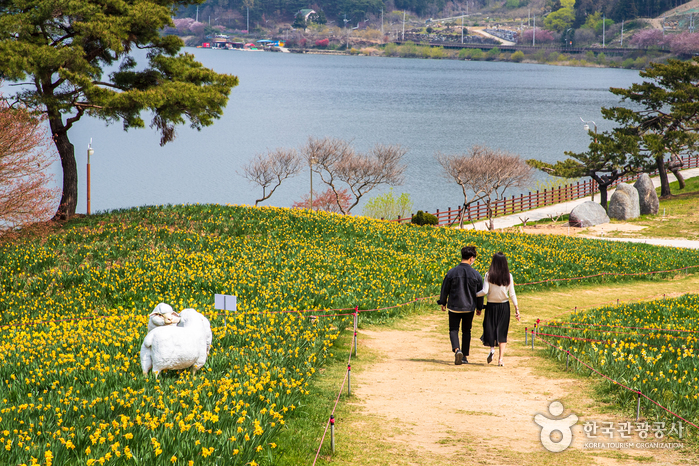
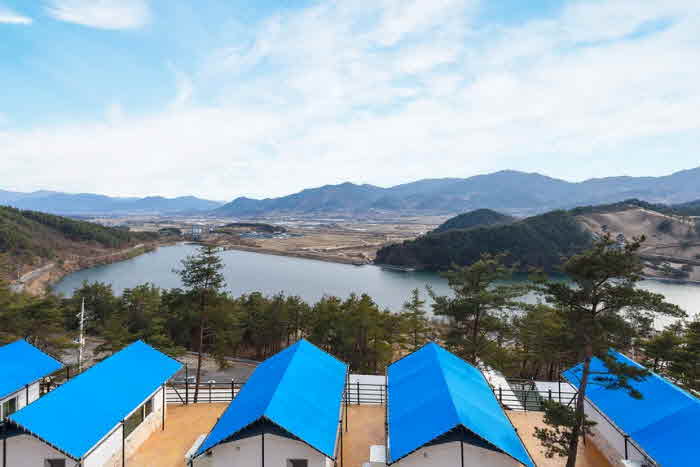
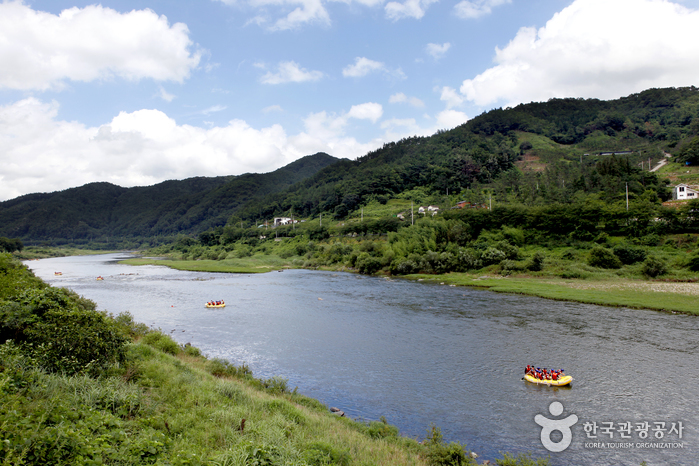
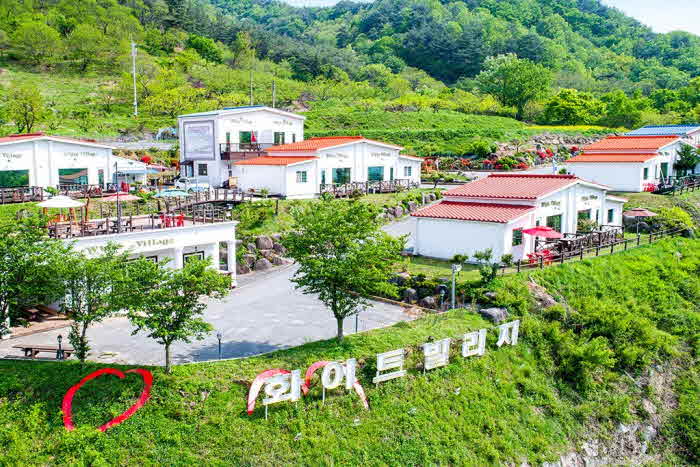
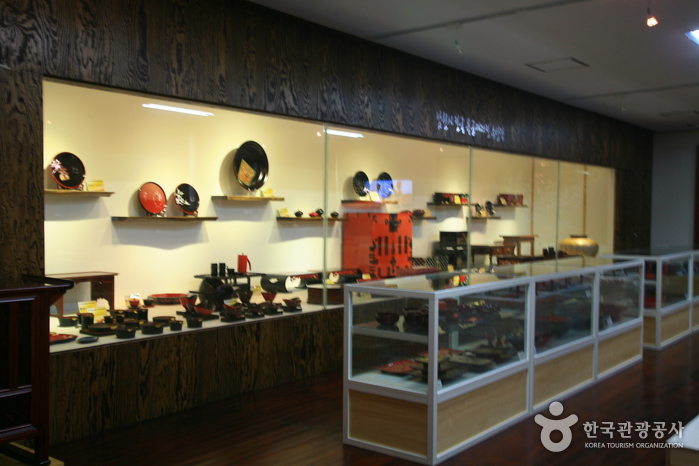
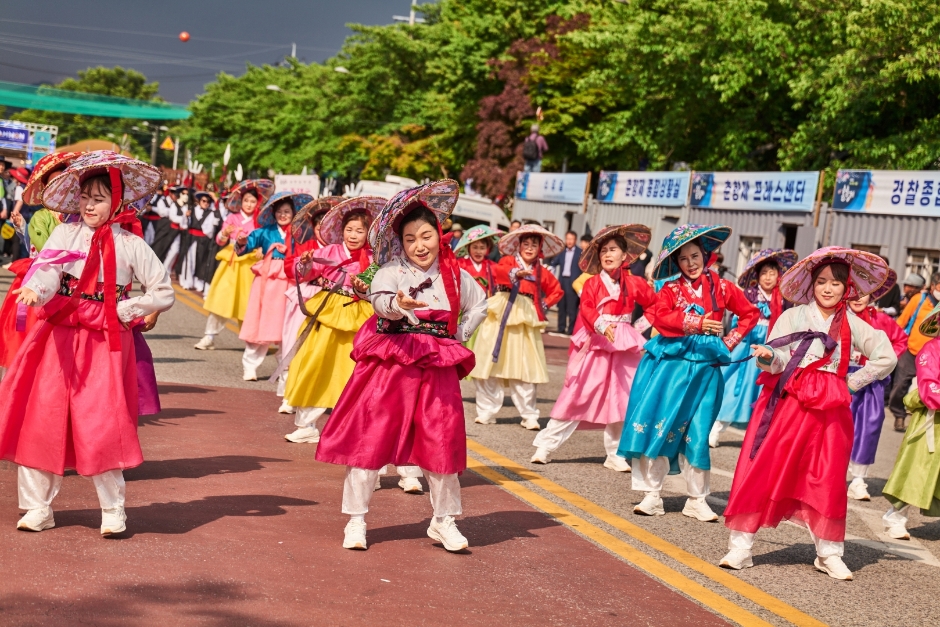
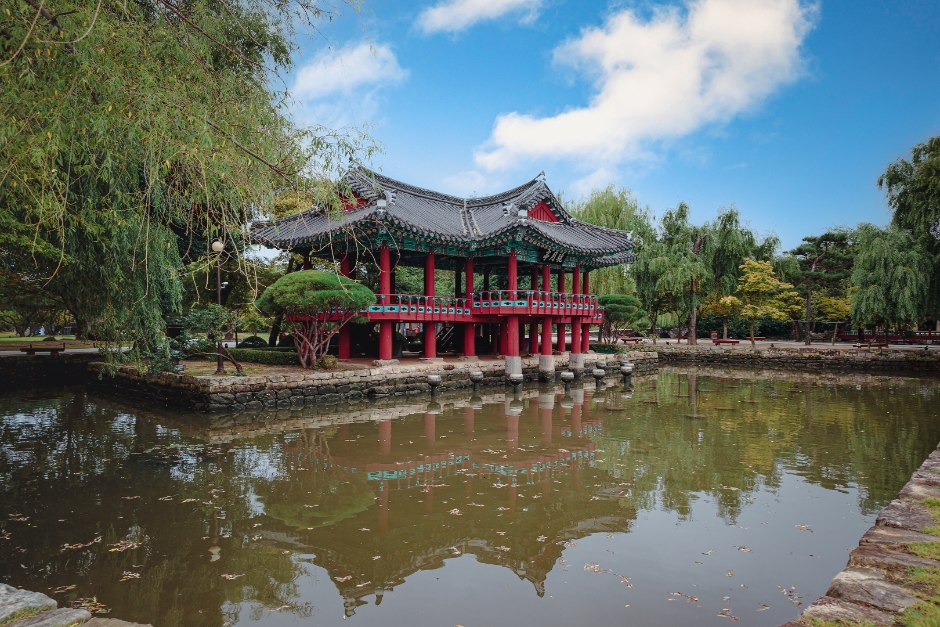
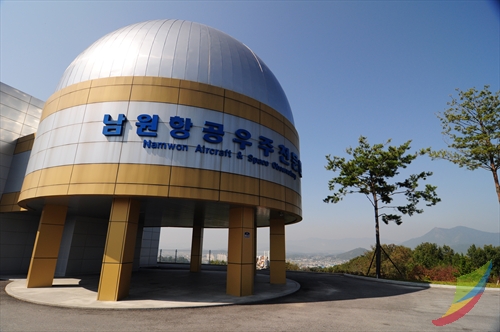
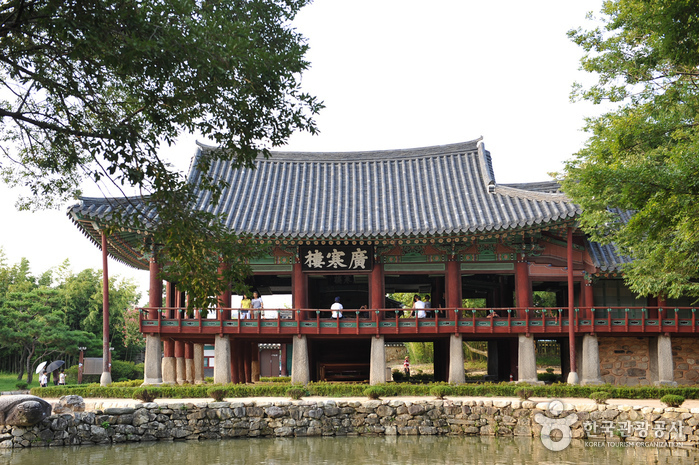
 English
English
 한국어
한국어 日本語
日本語 中文(简体)
中文(简体) Deutsch
Deutsch Français
Français Español
Español Русский
Русский